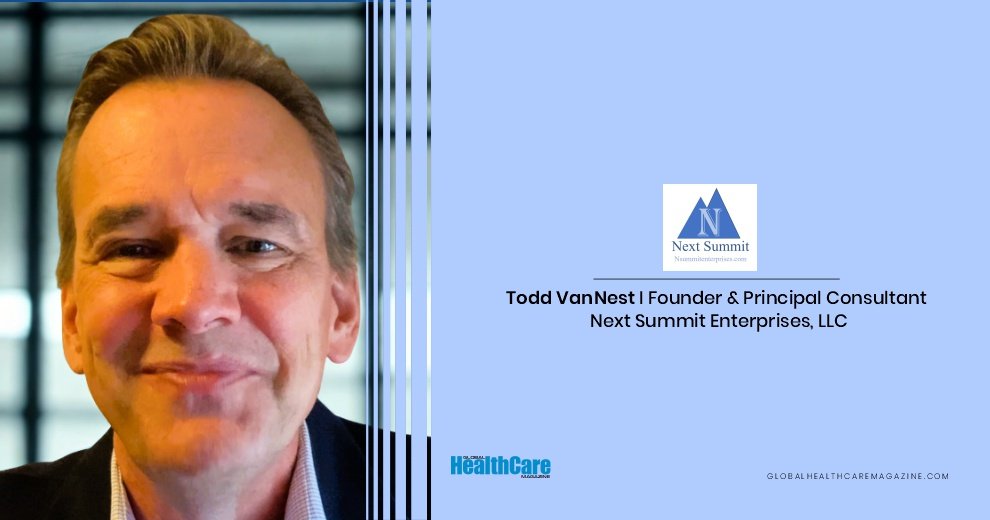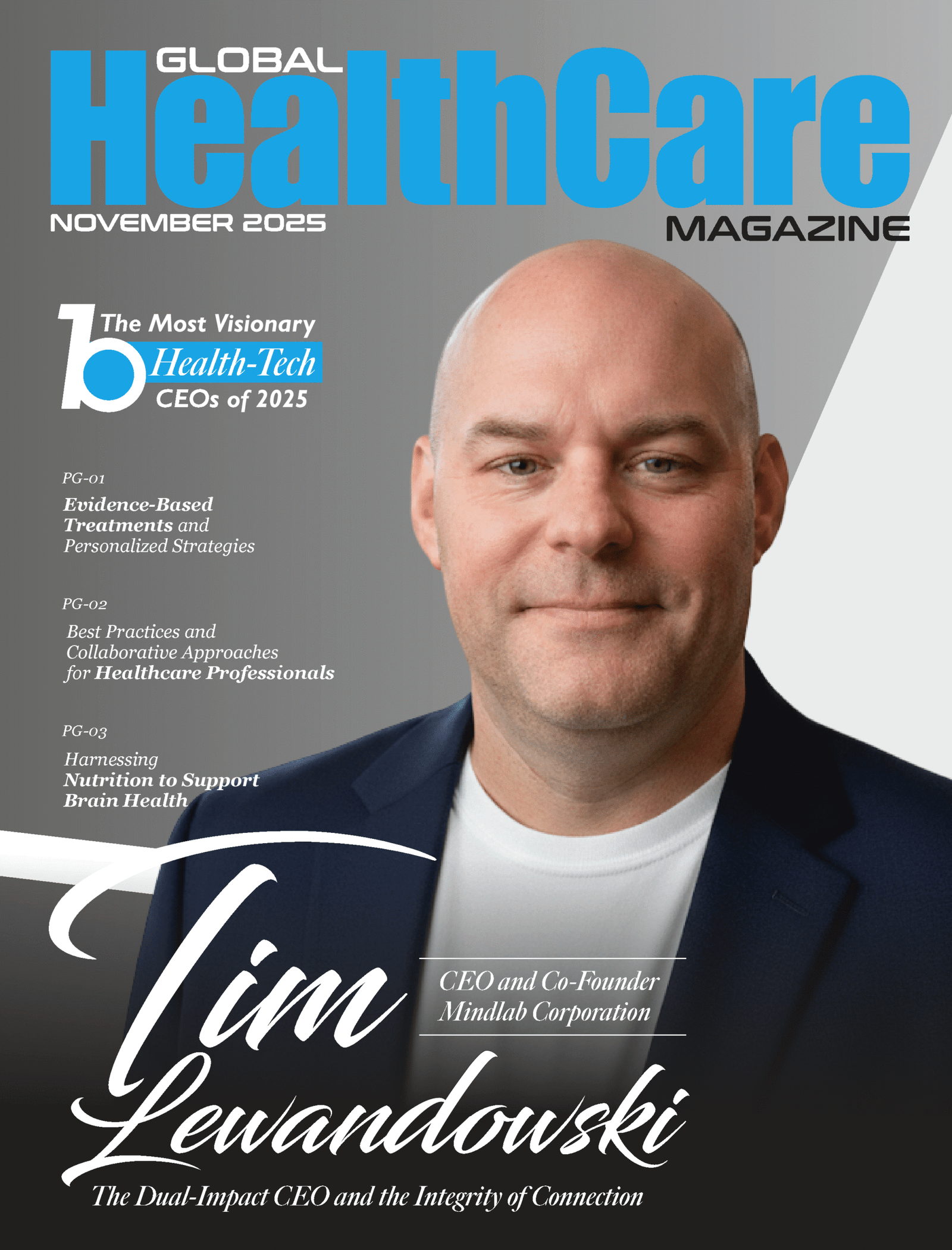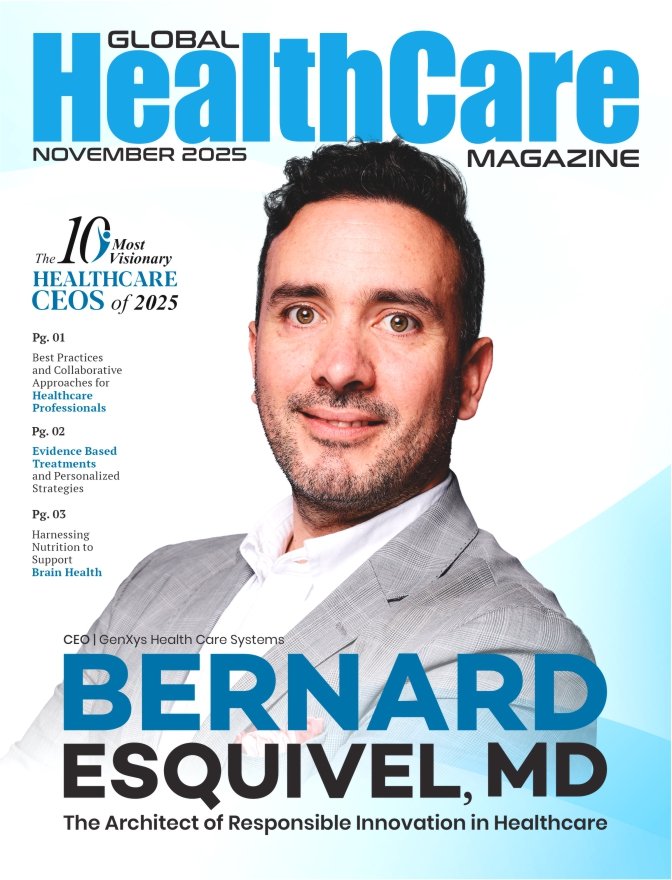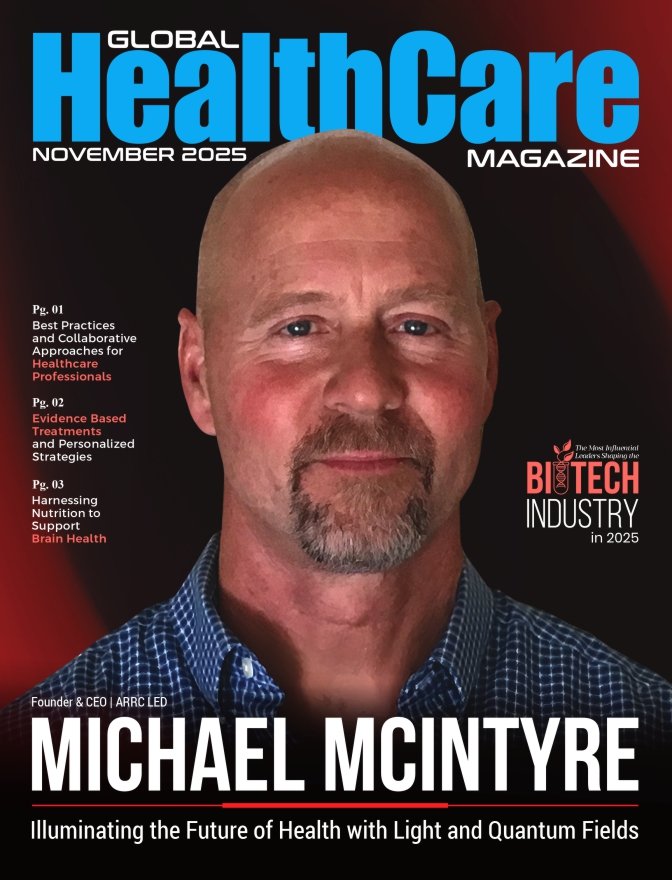There is a graveyard in the corporate world, a vast and quiet place where brilliant strategies and bold transformations go to die—and organizations built to deliver health and wellness are no different. The graveyard is littered with the bones of failed ERP implementations, abandoned cultural shifts, and multi-million dollar integrated care initiatives that never delivered “next level” success. The obituaries all read the same. They had C-Suite sponsorship. They had a world-class consulting firm. They had a “fully-baked Plan for Change.” They checked every box, and yet, they failed. They failed because they were trying to map a treacherous, human mountain range using a simple road map. They were missing a compass.
Todd VanNest has built his life’s work in this treacherous terrain. He is a different kind of guide. He is not a motivational speaker who tells you the summit is just a matter of belief. He is a Ph.D. in Industrial-Organizational Psychology, a former C-level HR executive, and a global consultant who carries the anoraks and the ice axes. More than that, he is the inventor of the compass. Todd holds the only U.S. Patent for “Leading Indicators of Change Management Success,” a tool born from the wreckage of a high-stakes corporate failure, designed to do one thing: find the truth. He is a man who has fused the deep, technical expertise of a scientist with the practical, hands-on experience of an executive, all to break what he calls “the cycle of disappointment” and prove that an organization’s people and culture are not just a soft asset, but a hard, measurable driver of its success.
The Technical Guru’s Transformation
To understand the man who patented a human system, you have to understand his foundation. Todd did not begin his career in the ambiguity of leadership theory. He began with the hard data of psychology. “I secured a Ph.D. in Industrial-Organizational Psychology,” he explains, “to build technical expertise and credibility as a consultant to top management.” His first steps, after internships at three Fortune 500 companies, were as a “technical guru.” He designed, validated, and deployed complex assessment systems.
But data, he learned, is only half the story. The numbers could tell you what was happening, but not why, nor how to change it. “After a few years,” he recounts, “I began facilitating strategic planning, coaching C-Suite leaders, and leading change via large-scale projects.” This pivot, from pure data to human dynamics, was his own first transformation. He was a human capital scientist becoming an expert diagnostician and savvy interventionist.
Todd took his expertise inside the very organizations he sought to help, serving as a global HR executive and C-level officer in the demanding, high-stakes worlds of Healthcare, Financial Services, and Hospitality. He was no longer just a consultant; he was the client. He was the one responsible for the outcomes. It was this dual perspective, as both the external guru and the internal leader, that crystallized his core belief: “You can successfully transform complex organizations and demonstrate ROI through people and culture as an actual driver of business success.” This was not a hopeful platitude. It was an operational hypothesis he was about to prove, driven by the healthcare mantra, “outcomes matter!”
The View from the Summit
After decades of work, Todd has developed an almost preternatural ability to see where the fissures in an organization lie. He has diagnosed the common ailments that send transformations to the graveyard. The problem, he says, is that most top teams are good at seeing the opportunity. They can see the distant, glittering summit. “It’s the work of objectively closing gaps defined by current limits, vested interests, and varied risk tolerances that is key,” he states.
The best teams, the ones he coaches, learn to practice a kind of rigorous, systematic vulnerability. Todd forces them to ask the questions everyone is thinking but no one is saying. He calls the first practice Advanced Fault Detection. He sits them in a room and asks, “How can we FAIL at making this shift successful and deliver on our targets for growth?” It is a corporate pre-mortem, an act of imagining failure so vividly that you can build a plan to prevent it.
Then he forces them to challenge their own success, a practice he calls Overcoming Inertia. He asks, “In what ways might our ‘strengths’ LIMIT our ability to execute in this new game?” It is a deeply counter-intuitive idea: that the very things that made a company great are often the anchors holding it back from what it needs to become.
This leads to the hardest part, Self-Examination. This is where the abstract “organization” becomes personal. “Are we CAPABLE AS A LEADERSHIP TEAM,” Todd challenges them, “to model the new approach and make tough decisions to drive re-alignment?” It is a question of “will, skill, and capacity,” a moment of confronting whether they are truly willing to “abandon our comforts and fully commit to this path.”
Finally, Todd instills a “Show Me” Mindset, a relentless focus on proof over platitudes. “Beyond checking off steps in the Change Plan, and celebrating early wins,” he asks, “how do we really KNOW that we will achieve the promised results?” This question, this demand for real-world evidence, is what led to his greatest innovation.
The Birth of a Patented Compass
The story of the patent is a story of desperation. “I was asked to help a Chief Strategy Officer recover a failing global ERP implementation,” Todd recalls, adding with candid precision, “and keep her job.” It was the classic scenario. The CSO had all the right pieces: a reputable implementation consultant, a full project team, C-Suite sponsorship, a “readiness” survey that said they were ready, and a “fully-baked Plan for Change.” By all conventional measures, the project was a “go.” And yet, it was falling apart.
Todd diagnosed the problem instantly. “Like most change teams,” he says, “they were only driving accountability by managing the completion of steps on an agreed Plan and listening to feedback inside their ‘echo chamber.’” They were mistaking activity for progress. They were listening to themselves, but not to the field.
To save the project, Todd did two things. First, he restructured the teams to achieve clarity. Second, he invented a new way to measure success. “I created a set of Leading Indicators of Change,” he says. This was the breakthrough. Instead of waiting for the lagging indicator of a failed project, he built a system to measure the preliminary outcomes that would predict its success or failure.
The patent is brilliant in its simplicity. It is not about the project plan. It is about the “voice of the field teams.” The entire, complex, multi-million dollar transformation, he proved, could be distilled into three simple questions that had to be answerable by the people actually doing the work.
“THIS is how the current change in practice reshapes (1) My role, (2) My goals, and (3) My measures of success.”
“If that cannot be stated clearly in the voice of the operator,” Todd states, “your project is at risk of failing.” This was the compass. It did not just measure readiness; it measured adoption. The approach “was validated by project recovery and the speed of new business model adoption… then captured value.” The CSO kept her job. And Todd VanNest had a patent.
The Mountain Guide’s Philosophy
This experience is the bedrock of his firm, Next Summit Enterprises, which he founded in 2003. Its purpose is to attack the very dysfunctions he saved that CSO from. “Organizations are complex and attract dysfunction,” his mission states, but “inside each leader, there are strengths that can be grown.” Todd’s goal is to help leaders “break the cycle of disappointment” by confronting the “mindsets, management habits, and execution risks that are ignored by most guidance.”
His entire leadership philosophy is contained in a single, powerful metaphor. When asked what leadership means to him, he begins, “Ladies and gentlemen… we are climbing a mountain together.”
The metaphor is not a platitude; it is an operating manual. “We push hard and overcome setbacks,” he continues, “helping each other out, learning, and celebrating along the way. If you’re not working in this way (together), you’re not the hiker, you’re the weight on our backs or the impassible crevasse.”
It is a philosophy of total, shared accountability. His job as a leader is to “wake every day asking how we’re doing, and what each climber needs to succeed up and down the climbing line. Then ask, ‘What’s the next mountain?’”
It is a vision of perpetual, collaborative growth. And it is how he measures his own success, relentlessly inspecting both Lead and Lag indicators. Todd looks at the hard metrics: ROI, error rates, progress versus plan. But he also measures the human factors: the rate of new practice adoption, the percent of end-users demonstrating proficiency, and surveys “detecting whether the change itself is modeling the desired work culture.”
The Humility of the Uninvited Guest
The man who now teaches humility and “unprecedented listening” learned his most valuable lesson from a moment of his own hubris. It is a story he is quick to tell, a defining moment in his own transformation.
“I was a young VP-level executive working from the Corporate Center,” Todd begins. “My focus was on my own charter and the authority communicated by my title, so I called an international team to a meeting.” It was a classic top-down move, and it backfired immediately. “I quickly found that others would challenge my U.S.-centric framing of the opportunity, and my choices about who ought to be at the table.”
Todd was at a crossroads. “I had a choice,” he says, “push or pull.” He chose to pull. He chose to abandon his authority and his ego. “I chose to share a vision of the end-state, then challenge the team to frame the opportunity as a passionate and practical path forward, and to determine who brings a helpful perspective to the table.”
The result was a revelation. “It’s a lesson I’ll never forget,” Todd says. “The greatest shift in our mindset was offered by an uninvited, highly competent guest!” It was the moment the “technical guru” truly became the “talent catalyst.” He learned that the leader’s job is not to have all the answers, but to create a space where the best answer can emerge, often from the most unexpected place.
The Delta and the Next Summit
Today, Todd’s measure of achievement is not just project completion. It is about something he calls “the Delta.” He helps clients drive accountability around just one thing: “fundamentally, and measurably, changing the trajectory of their companies’ performance.” It is not about incremental gains; it is about “the company realizing the forecast change in their growth trajectory.”
Healthcare, in particular, is notorious for promoting new models, only to fall short and simply seek new ways to generate revenue under new operating rules. Often, bigger changes may start, but are abandoned for financial security, or the “next great thing.”
His own “next mountain” is to take his work on “Learning through Transformation and Change” and make it an actionable, universal competency for organizations. Todd wants to force teams to move beyond “progress and after-action reporting” and to “critically examine how the way we are making decisions… is getting in the way.” It is a vision that requires, in his words, “leadership, humility, courage, and unprecedented listening.”
This is the man behind the patent. A leader who finds his own balance not by seeking perfection, but by monitoring his own “transfer of energy.” He knows he is out of balance if he is “transferring negative energy at home or to my teams.” He restores that energy by traveling, exercising outdoors, and finding “moments of simple joy.”
His final piece of advice for executives struggling to translate vision into action is a summary of his life’s work:
- Identify the behaviors required to model the desired change—hold everyone to that standard, no exceptions.
- Only place future-ready people in key catalyst roles—there’s too much at stake.
- Work to overcome your blind spots and limits in actionable steps—or ignore them at your own peril.
“Your greatest obstacle is your current governance, culture, and measure of success. Don’t just create a new standard for future work as the destination, apply that standard to how you get there…Don’t leave base camp without it!.”
Todd VanNest, Ph.D., knows that transformation is not about checking off a plan; it is about the fundamental, measurable shift in the hearts, minds, roles, and goals of the people doing the work.
Quote

Also Read: The 10 Most Transformative Leadership Experts of 2025


















